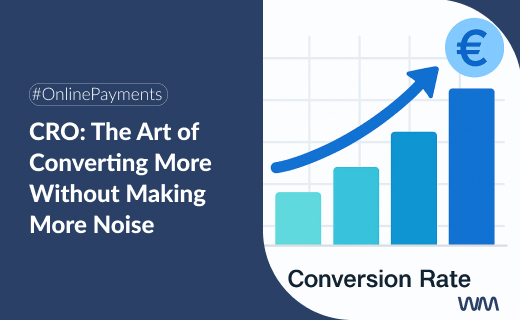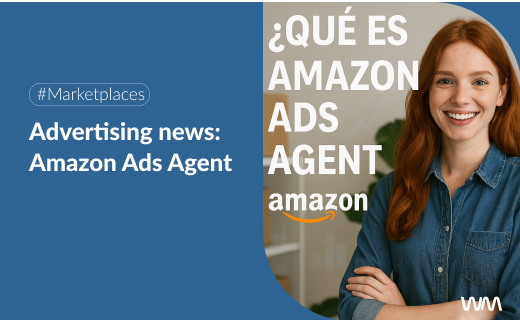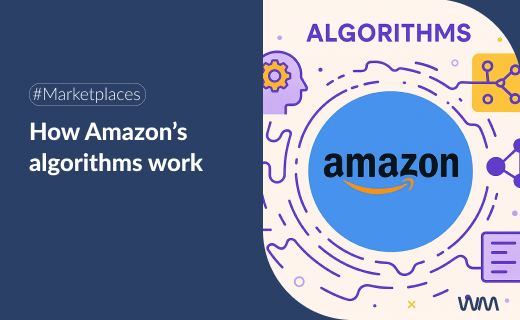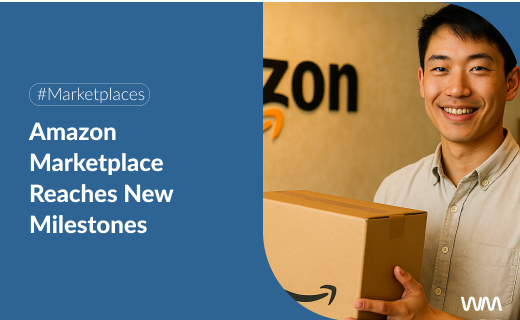Since the Internet became a window to the world where thousands of businesses compete to be heard, some have realized that sometimes you don’t need to be louder—you just have to speak more clearly to achieve your goal: conversion. That’s how CRO (Conversion Rate Optimization) was born: the art and science of turning visitors into sales, clicks into customers, and curiosity into loyalty.
How did CRO begin?
CRO took its first steps in the early 2000s, when some brands began to understand that attracting users to a website wasn’t enough if those users didn’t take action once they landed. You could pay for millions of visits and still make zero sales.
That’s when the key question emerged: what’s going wrong in the user experience?
Tools like Google Analytics, heatmaps, and A/B testing were born to find answers. CRO became a discipline that blends technology, data, psychology, and design to understand why users don’t convert—and how to make them do it.
What is CRO?
CRO is the continuous process of increasing the percentage of visitors who complete a valuable action in a digital environment. That action could be a purchase, a sign-up, a download, or a contact request.
Although CRO is often associated with e-commerce, it applies to any digital business. The goal is to make online channels more efficient—not just by bringing in more traffic, but by maximizing the value of every visit.
It can be calculated as:
Conversion rate = (Number of valuable actions / Total visits) x 100
Why is CRO so important today?
A key factor is that the cost of acquiring traffic has gone up. Users are more educated and demanding than ever—and they can leave for a competitor in two clicks. Every visit has to count. A poorly designed step can mean losing a customer forever.
CRO addresses that urgency. It’s not just about selling more, but about maximizing the ROI of every euro spent and delivering a positive experience—not frustration.
Main benefits of CRO:
-
Reduces Cost Per Acquisition (CPA)
-
Increases Return on Investment (ROI)
-
Improves customer satisfaction and loyalty
-
Reduces cart abandonment
-
Helps you scale without increasing ad spend
What other advantages does CRO bring?
A strong CRO strategy doesn’t just improve conversion—it transforms your entire digital mindset. It enables data-driven decisions, helps prioritize impactful improvements, and reduces dependency on paid traffic.
Key benefits include:
-
More sales with less traffic spend
-
Higher user loyalty
-
Smoother, faster buying processes
-
Ongoing optimization across all touchpoints
-
Increased customer lifetime value (LTV)
How is CRO implemented?
CRO isn’t a one-time fix. It’s an iterative process that involves analysis, hypotheses, testing, and continuous learning—with a relentless focus on the user experience.
Key steps include:
-
Analyze current data: Where are users dropping off and why?
-
Study user behavior: Using heatmaps, session recordings, and surveys
-
Identify friction points: Long forms, unclear CTAs, slow load times…
-
Run controlled experiments (A/B tests): Change one variable and measure results
-
Double down on what works: Apply insights and start the cycle again
What are the main obstacles?
Every change comes with a challenge, and CRO is no exception. Many companies fall into the trap of optimizing campaigns without reviewing what’s happening on the website itself. Others resist changing what’s “always worked.”
Common barriers include:
-
Lack of focus or poorly defined metrics
-
Internal resistance to change
-
Not enough traffic for statistically valid tests
-
Technical implementation issues
But the biggest mistake of all? Doing nothing and settling for mediocre conversion rates.
The role of checkout and payment gateways in CRO
In e-commerce, checkout is one of the biggest conversion bottlenecks—and one of the steps in which users abandon the most. Cart abandonment rates can reach up to 70%, often due to:
-
Complex forms
-
Limited payment options
-
Technical errors
-
Lack of trust
This is where an optimized payment gateway like Wannme can make a real impact:
- Ultra-fast, frictionless checkout
- Multiple, localized payment options
- Direct payment links and QR codes (even via WhatsApp)
- Simple recurring payments for subscription models
- Automatic failed payment recovery
A transparent, secure, and smooth payment experience doesn’t just convert more—it builds trust and leaves a positive lasting impression.
Final thought: CRO as a mindset
CRO is more than tweaking buttons or colors—it’s a way of thinking about your digital experience that puts the user at the center and turns marketing into real profitability.
And when it comes to conversion, payment is not the end—it’s the moment everything becomes real… or falls apart. Make sure it’s not a blocker, but an accelerator.
👉 Want to improve your conversion starting at checkout?
Discover how Wannme helps you build a checkout that converts, retains, and scales.






